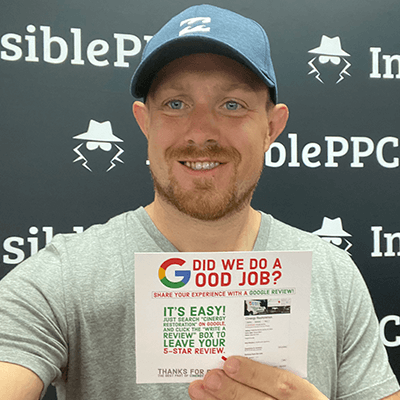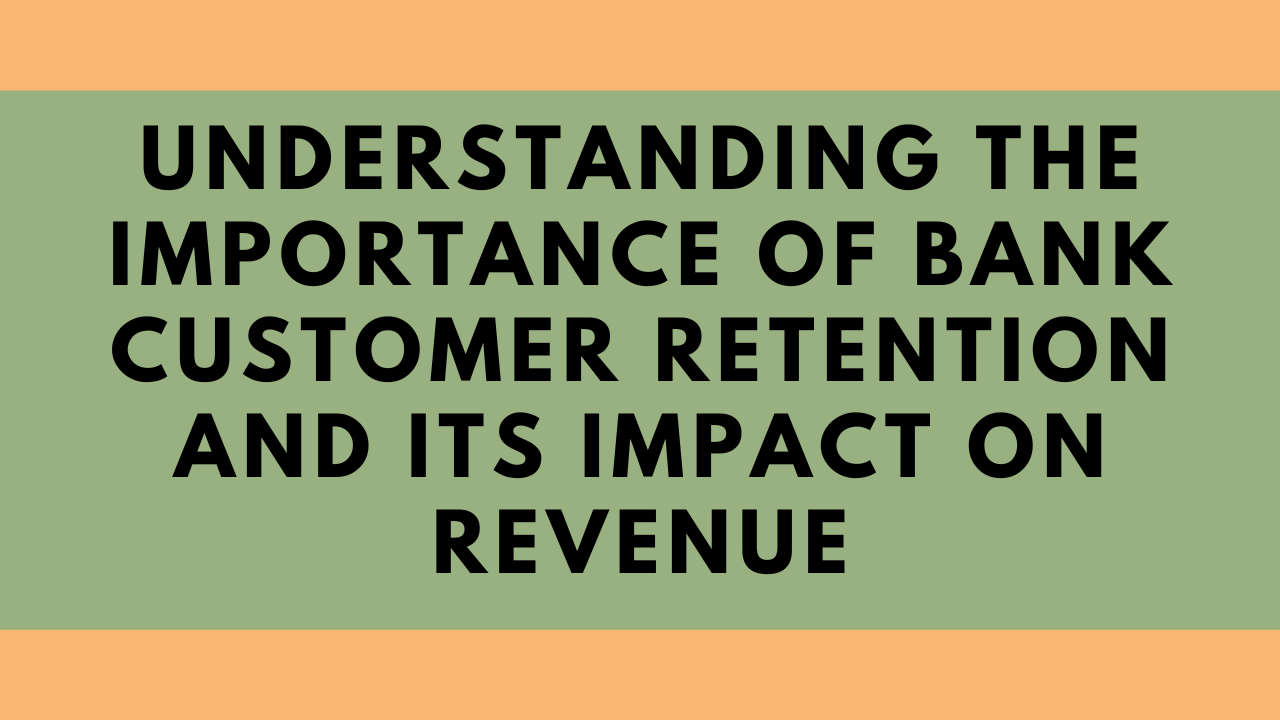The modern consumer is a well-informed, wary buyer with infinite options available to them at the click of a button or tap of a smartphone. Why, then, should they engage with your company or brand over your competitors? Content development is a marketing strategy that enables you to control the conversation and ensure profitable conversion on customer engagement.
What is content development?
‘Content’ is the buzzword of our generation. It can refer to myriad forms of consumable digital information: from journalistic articles and blog posts to videos, reels, images, and social media posts.
‘Content development,’ therefore, is the strategic creation, publication, and promotion of niche content (from the ground up), with a sales or client-engagement goal in mind.
Content development is the production of content designed to increase sales, strengthen customer loyalty, and/or widen your prospective audience.
Why is good content development important?
Traditional sales and marketing techniques are drowning beneath the weight of well-manicured content available on all platforms, at all times, to all consumers in today’s digital world.
In order to cut through the noise and win the trust of potential customers whilst converting their engagement with your brand into tangible sales figures, you need a good content development strategy.
Here’s why good content development is so important to the success of your business:
- Google loves content: strong content development will boost your visibility on the world’s biggest search engine.
- Content drives sales: a program of content delivery keeps your brand in the public eye, increasing the likelihood of engagement-to-sales conversion.
- Content is evergreen: instead of attempting to catch customers at the exact moment they require your services, content is there for them to interact with when they need you.
- Control the conversation: it’s hard, if not impossible, to change a customer’s mind once they’ve made it up; content allows you to control that conversation from the outset.
- Content is King: today’s social media users hate ads being thrust in their faces, whereas content is a far subtler (and thus less annoying) form of advertisement.
- Increases brand awareness: in addition to promoting sales growth, the evergreen nature of content ensures that, over time, brand awareness will also continue to grow.
- Compounding ROI: the initial investment into a good content development strategy continues to compound year-on-year as more and more customers interact with you.
- Larger social media audience: social media is all about content. Thus good quality content will drive up your social media following. Make sure to have experienced content creators on your social media team, as they are going to be responsible for creating quality content.
- Reduces customer service workload: content dealing with specific FAQs or customer service issues will redirect thousands of customers away from your service team whilst still serving their needs.
- Reduces sales team workload: in the same vein as reducing your customer service team’s workload, sales content management will help bolster the efforts of your sales team.
10 Steps for Successful Content Development
1. Set yourself a goal
All successful content development strategies must start somewhere, and that somewhere is with a specific goal in mind. With a reason for producing content, the reaction to – and impact of – your articles, blog posts, and social media shares will be impossible to measure.
Content development should align with your overall marketing strategy. Are you looking to increase sales? Take on bigger B2B clients? Improve your brand’s reputation or recover from a media crisis? Do you want to branch into a new demographic of customers?
Whatever your goals are, they should be at the heart of your content development marketing strategy. These goals must be reasonable, attainable, and measurable. Moreover, it’s worthwhile having smaller, individual goals for each individual piece of content you produce.
2. Research your audience
When we produce content, we want it to grab the attention of potential customers and clients immediately. We need our content to be engaging, impactful and have a high-conversion rate. All of this is only possible, however, if you truly understand your audience.
Once you’ve set your goals for your content development, the very next thing you must do is research your audience. Who do you want to reach? What are their needs, likes, and dislikes? Which of your competitors are they most engaged with currently? What are their bigger social, cultural, and geo-political concerns?
Use all of the resources available to you to conduct this market research (retrieving both quantitative and qualitative data). With the data in hand, you can create an average ‘Buyer Persona’ and work out which content would best pique that “person’s” interest.
3. Analyze topics
Now that you’ve set your goals and determined the wants and needs of your target audience, it’s time to brainstorm. At this stage, we recommend involving your entire company – head to toe – in the ideation process. You have much-untapped talent at your disposal (including many employees who may closely fit your ‘Buyer Persona’) – use it!
The purpose of this stage in the content development process is to come up with unique ideas for the types of content you can produce, as well as the topics to focus on within each piece. A good starting point is to examine the pain points of your target demographic, as well as your own brand’s USPs.
With these in mind, you can formulate a list of different topics to cover with your content, which will add real value to your readership, improving the credibility of your brand and driving traffic (and sales) through your website.
4. Plan ahead
Website content development strategies are only successful if they produce content regularly and in a timely, organized fashion. You must be able to track your progress, and you can use and have a clear idea of how to build upon the success of your previous posts. To do so, you’re going to need a detailed plan of action.
There are many different elements that go into successful content development strategies, including:
- Content creators
- Content marketers
- Content publishers
- Data analysts
- Researchers
- Administrative assistants
To market your company successfully, you must be able to manage all of these different elements whilst keeping your content on track to meet (and hopefully surpass) your goals.
Useful tips for planning ahead effectively include: creating shared content calendars, setting reasonable deadlines, and diversifying both the format of your content and the best blogging platforms you share it on. This latter point helps keep your content fresh and your brand’s reach fluid.
5. Write
Not all content is text-based, but we can guarantee you all engaging and effective content has a quality freelance writer (or team of writers) behind it.
Whether it’s the script for a YouTube tutorial, the copy for an Instagram Reel, the quote for an inspirational image, or a full-blown blog post, you need to make sure that the quality of writing behind your content is exceptional if you want to meet your goals.
Some important things to keep in mind when hiring an editor or a writer to produce your content (or writing it yourself) include:
- Ensure text flows
- Keep the ‘readability’ of a text as accessible as possible
- Be consistent in tone of voice (according to your brand’s ethos and business style)
- Ensure, at all costs, that your text is both grammatically and stylistically correct
- If a blank page seems daunting, you can always use an AI text generator to get your creative juices flowing or to help improve the quality of your writing.
6. Optimize
Make sure you consider SEO (search engine optimization) when editing and reviewing your written text. Google loves high-quality content, but there are certain things you can focus on which can help your content rank more highly in its search results. These things include:
- Keywords (words that people commonly search for)
- Format and structure (text blocks rank lower than articles broken into bite-size chunks)
- Readability (Google prefers writing which can be easily read by a majority of people)
- Originality (original writing adds value, plagiarism shows a lack of brand authenticity)
- Appearance (images & internal links to YouTube videos and other articles, or engaging, interactive elements like the map in this Electrician Salary Guide)
Once you have optimized your content, you should keep track of it. By using some of the best SEO automation tools, you can automatically get reports about changes in rankings and on-page performance.
7. Publish
You know you’re ready to enter the publishing stage of your content marketing strategy when the content you’ve produced has been written with a specific audience and set of goals in mind and has been optimized for Google and social media.
At this stage, it’s time to put your content out there and let it start to work its marketing magic. But first things first: where are you going to publish it? Successful content development strategies typically opt for an omnichannel experience in which content is posted on several different platforms at once, often in alternating formats optimized to suit each specific platform.
It’s also important to determine the best time of day to publish your content. If your target demographic is largely UK based, for example, then it’s no good publishing your content at 10 am Sydney, Australia time, since that would equate to the middle of the night in the UK.
8. Promote
It’s easy for content to fall through the cracks of the internet following publication. With so much content being produced and posted every second of every day, you need to have a solid content distribution strategy in place to ensure your content reaches the eyes of your intended audience (ideally several times over the period between this piece and your next).
Equally, it’s a good idea to nurture relationships with influencers in your niche, as well as experts and allies in your industry. These people, businesses, and social media accounts will prove key in promoting – and adding credibility- to each new post of yours.
9. Track Results
Sometimes, no matter how much time and effort we’ve put into the development of our content, it just doesn’t land. Either we fail to meet our goals for a number of impressions, click-throughs, or sales resulting from interaction with the content, or we don’t reach the type of customer we were hoping for.
But failure – if you would call it that – should not be a sign that you need to give up or even radically change your development strategy. Failure is an integral step on the journey to success. Track the results of each piece of content you put out there, taking notes on what worked and what didn’t. These notes will prove integral in the final step.
10. Improve
Last but certainly not least, the key to a successful content development strategy is to build upon the successes of past posts and improve upon their failures. Using the notes you made when tracking results from your various posts and campaigns, you can identify areas in which you need to improve, as well as the ways to do so. Rinse, repeat, and capitalize.
FAQs
What is the major purpose of content development?
The core purpose of content development differs from company to company, marketing department to marketing department. In short, however, the major purpose of content development is to help you achieve your sales & marketing goals in effective, controllable, and trackable ways.
What is an important key to developing good content?
Every step of the 10-step content development process is integral to its overall success. Having said that, one of the most important keys to developing good content is to focus on the research, writing, and optimization stages. Publication, promotion, and revision are, of course, also important, but you can’t sell gold without first mining it.
What is the first step in successful content development?
The very first step in any successful content development campaign is to establish very clear, very concise, yet also reasonable goals – both overarching goals for the company (sales, growth, diversification, etc.) and individual goals for each post (number of impressions, likes, shares, click-throughs, and so on).
Conclusion
In our digital world, companies and brands who wish to succeed online cannot afford to scrimp on quality content development. In order to engage customers online and through social media platforms and to convert that engagement into a tangible realization of your goals, you must first create for yourself a detailed content development strategy. This article provides you with 10 clear steps to follow to do just that.




















